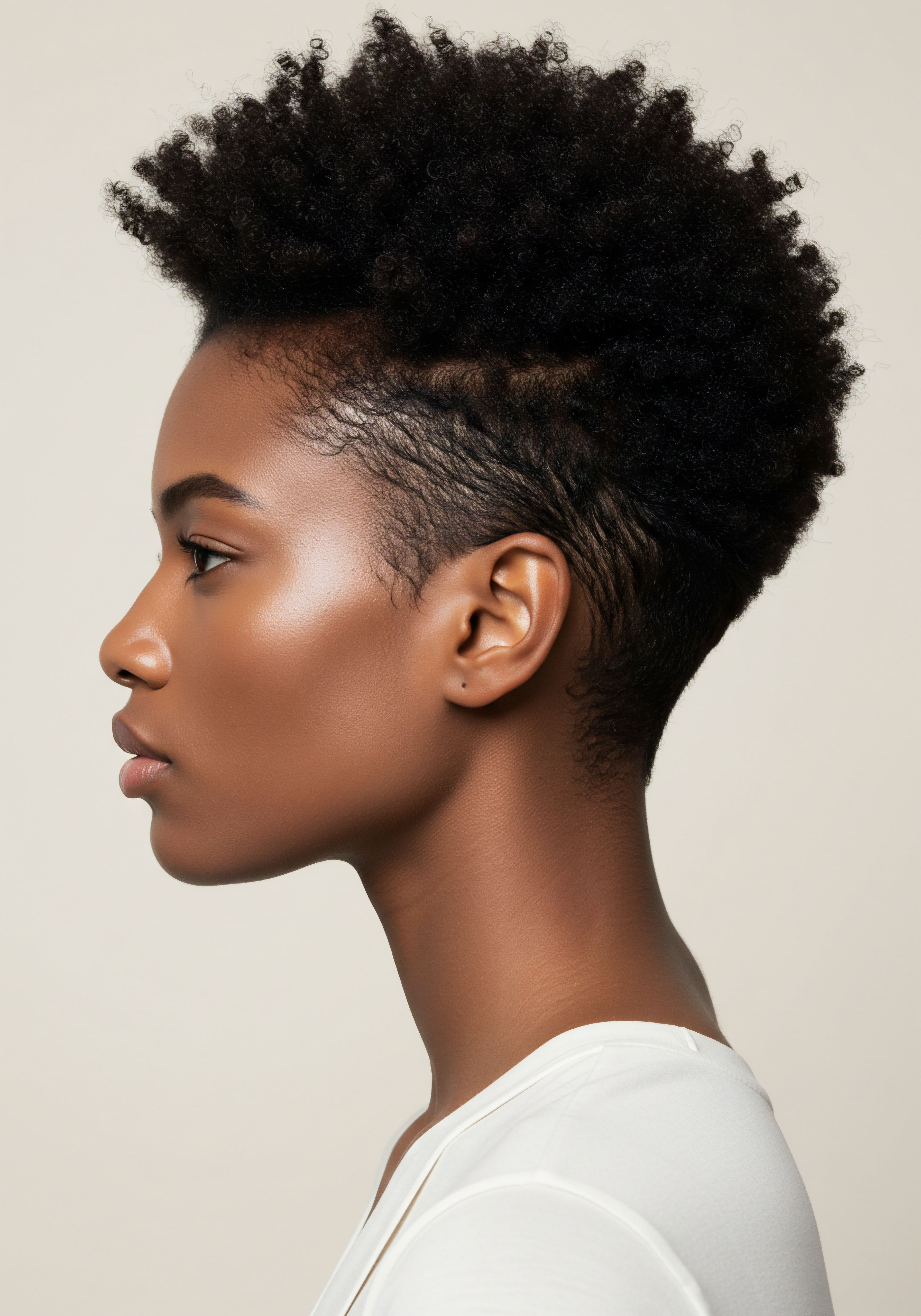
Roots
The earth whispers tales of beauty, of adornment that sprang not from a laboratory, but from the very soil beneath our feet. For generations, before the advent of synthetic concoctions, communities around the globe turned to nature’s palette to adorn their crowns. This quiet observation, the deep connection between land and locks, prompts a query for our modern times ❉ Can the historical use of natural dyes truly inform the care of textured hair today?
It is a question that invites us to look back, not with nostalgia for a bygone era, but with an open mind to the wisdom held within ancestral practices. We seek to understand the foundational elements, the very anatomy of hair and the botanicals that once lent it color and vitality, to discern how these ancient rhythms might offer fresh perspectives for contemporary textured hair wellness.
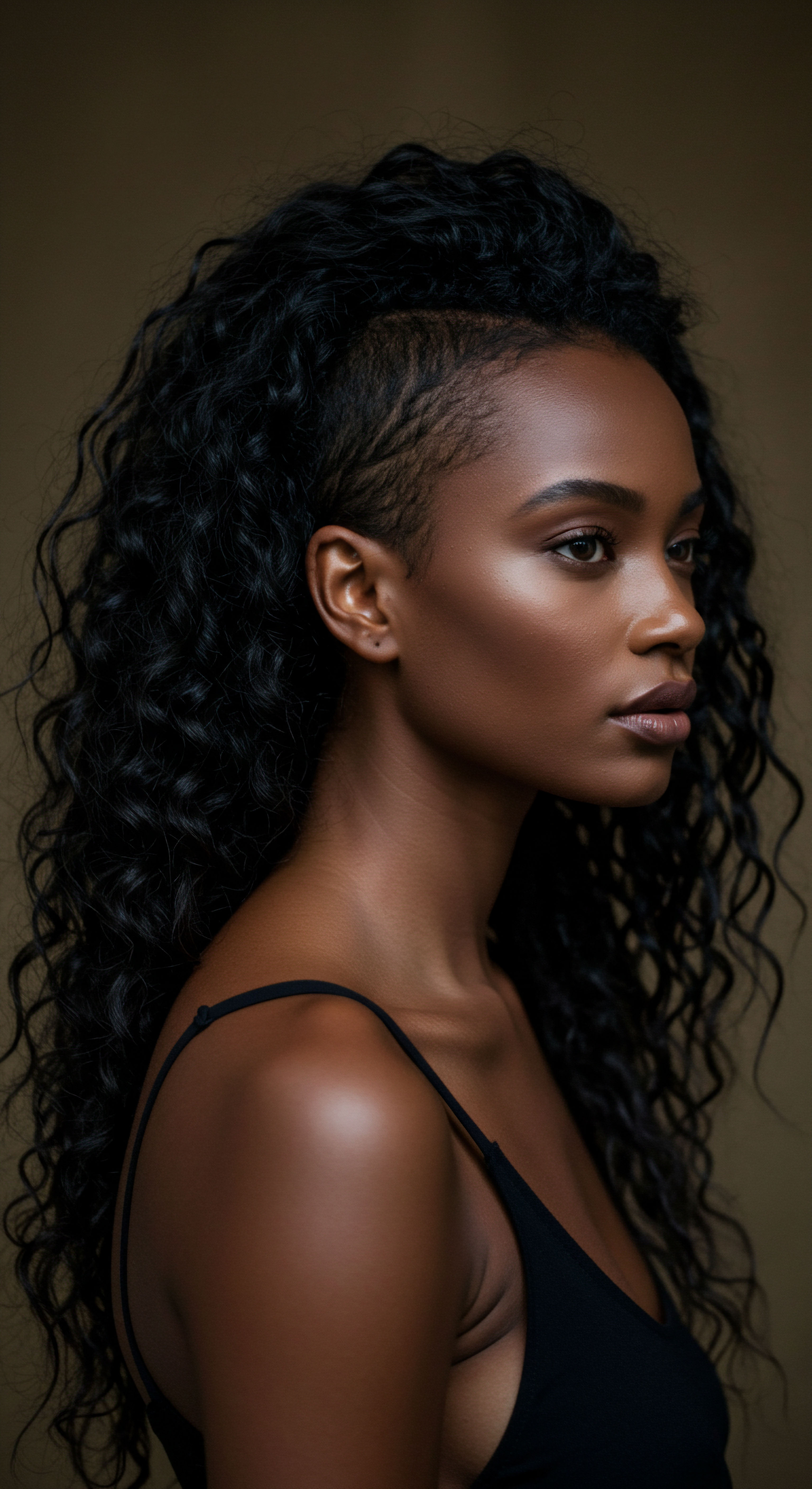
Understanding Textured Hair’s Unique Architecture
Textured hair, with its diverse curl patterns, from gentle waves to tight coils, possesses a distinct structural composition that sets it apart. Unlike straight hair, which tends to have a more uniform, circular follicle shape, the elliptical or even flat cross-section of textured hair follicles gives rise to its characteristic bends and twists. This morphology influences everything from how moisture travels along the strand to its inherent strength.
Internally, textured hair often presents with lower hydration levels compared to other hair types, making it prone to dryness. This characteristic dryness, coupled with the hair’s propensity for breakage, underscores the need for care strategies that prioritize moisture retention and structural integrity.
Textured hair’s unique structure, shaped by its follicle, demands specialized care that honors its distinct moisture needs and fragility.
The outermost layer of the hair shaft, the cuticle, functions as a protective shield. Its arrangement dictates how readily hair absorbs and retains water and other treatments. For many with textured hair, especially those with high porosity, the cuticle layers can be more open, allowing moisture to enter quickly, but also to escape with equal speed.
Conversely, low porosity hair, with its tightly sealed cuticles, resists moisture entry, posing a different set of challenges for hydration. Understanding these nuances of hair porosity is not merely an academic exercise; it guides the selection of products and techniques that genuinely serve the hair’s needs.
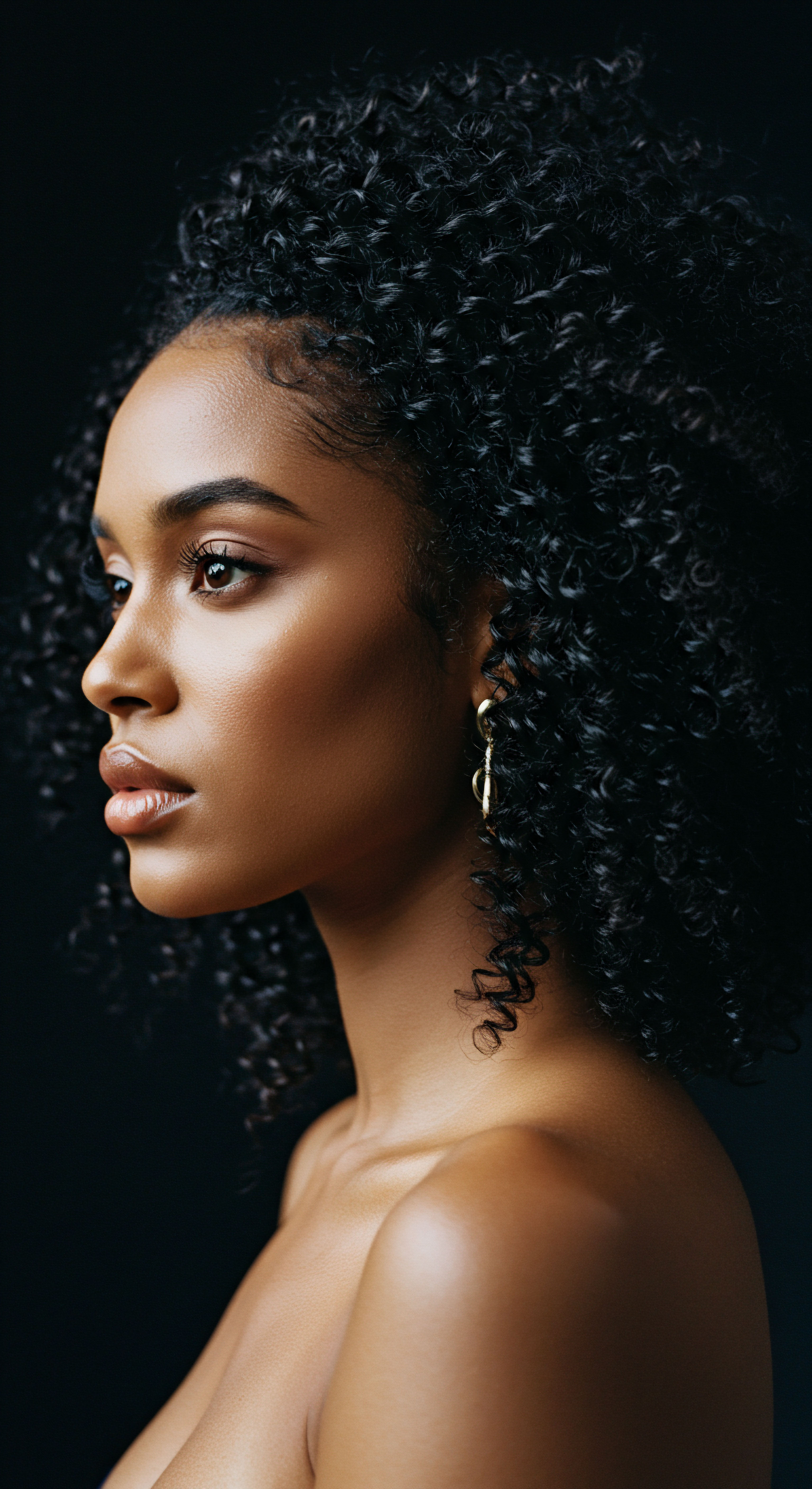
Historical Pigments and Their Plant Origins
For centuries, natural dyes provided not only color but often served as conditioning agents, offering protective benefits derived from the plant compounds themselves. These botanical treasures, sourced from roots, leaves, bark, and flowers, represent a palette far removed from the synthetic dyes that dominate modern markets. They represent a deep connection to the earth, a practice of adornment rooted in the cycles of nature.
- Henna ❉ Derived from the dried leaves of the Lawsonia inermis plant, henna is perhaps one of the most recognized natural hair colorants. It has been used for over five thousand years, with historical evidence tracing its use to ancient Egyptian civilization. Beyond its ability to impart rich red-brown shades, henna is valued for its conditioning properties, lending a sheen and added bulk to strands. It also helps maintain a healthy scalp, offering antifungal and antibacterial properties that address concerns like dandruff and irritation.
- Indigo ❉ Obtained from the indigo plant, this dye provides deep blue to black hues when used in combination with henna. Unlike many synthetic dyes, indigo is gentle on the hair and scalp. When applied after a henna treatment, it can create profound dark shades, even helping to address premature graying with consistent use.
- Amla ❉ The Indian gooseberry, amla, has been a staple in Ayurvedic medicine for thousands of years. While not a primary colorant itself, amla powder is often mixed with henna to achieve cooler brown tones and prevent indigo from fading. Its benefits extend to adding body and shine, preventing the brassiness that can occur with certain henna applications, and even helping to restore curl patterns.
- Logwood ❉ Sourced from the heartwood of the Haematoxylon campechianum tree, logwood yields a spectrum of colors, including purples, navy blues, and deep blacks, depending on the mordant and pH. Historically significant in textile dyeing, its extracts also find use in hair dyes.
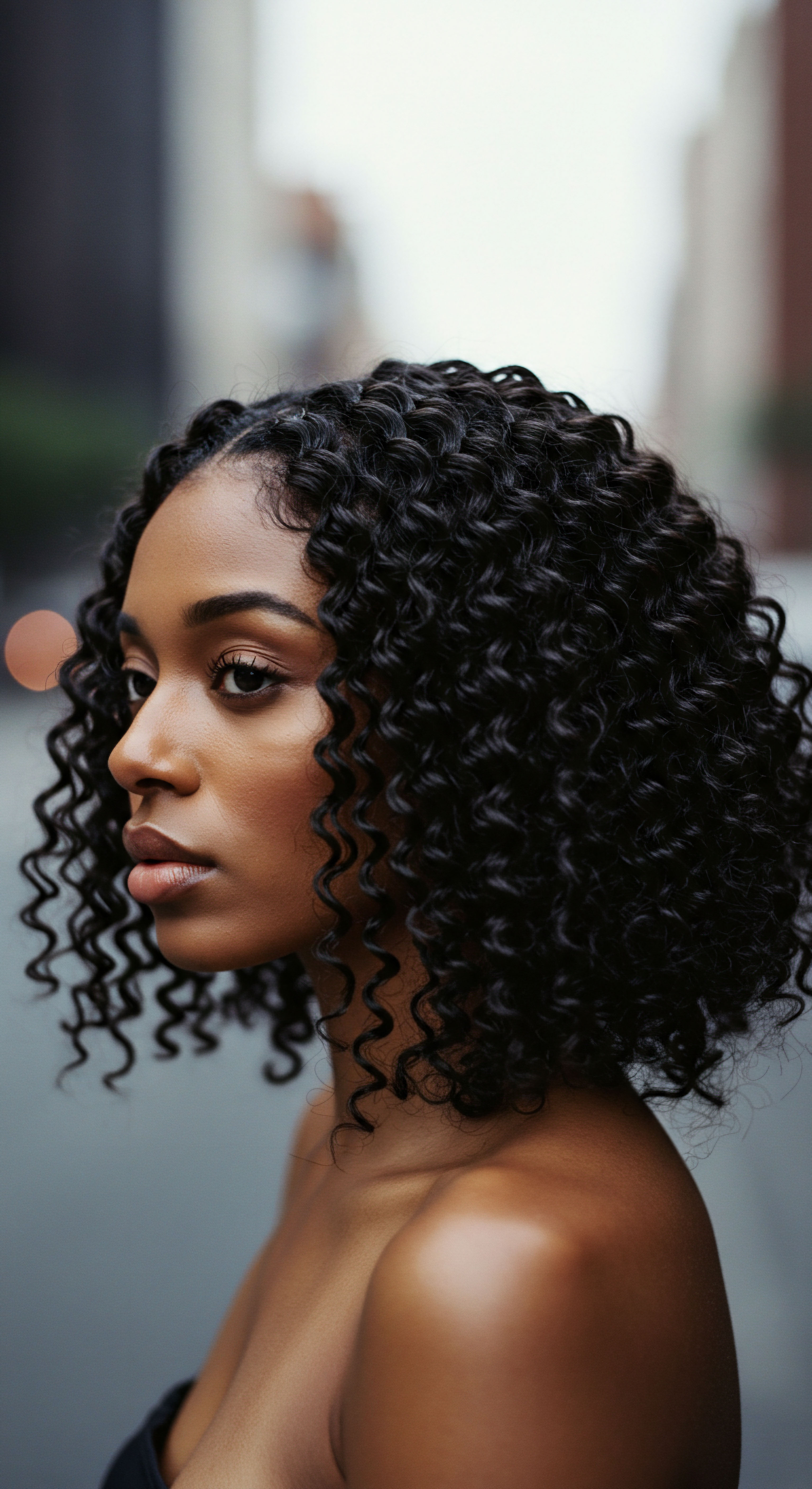
How Do Natural Dyes Interact with Hair?
The interaction between natural dyes and hair fibers differs significantly from their synthetic counterparts. Synthetic permanent dyes often rely on ammonia and hydrogen peroxide to open the hair cuticle and alter the natural melanin pigments, a process that can lead to dryness, brittleness, and a weakened hair structure. Natural dyes, conversely, typically function through direct dyeing or mordant dyeing mechanisms.
In direct dyeing, dye molecules from the plant material diffuse into the keratinous hair fiber and form chemical bonds—such as hydrogen, ionic, or covalent bonds—with the amino and sulfhydryl groups within the hair’s keratin. For instance, lawsone, the main colorant in henna, reacts with protonated amino groups in hair keratin at a pH of 4.5–6.0. Dyes with larger molecular weights may adsorb onto the cuticle and outer cortex through van der Waals forces, electrostatic interactions, and hydrogen bonding.
Mordants, often metal salts like alum or iron, are sometimes employed to help fix natural dyes onto hair fibers, strengthening the bond between the dye molecule and the hair and improving color fastness. This nuanced interaction, which generally avoids harsh chemical alteration of the hair’s internal structure, is a cornerstone of the appeal of historical dyeing practices for modern textured hair care.
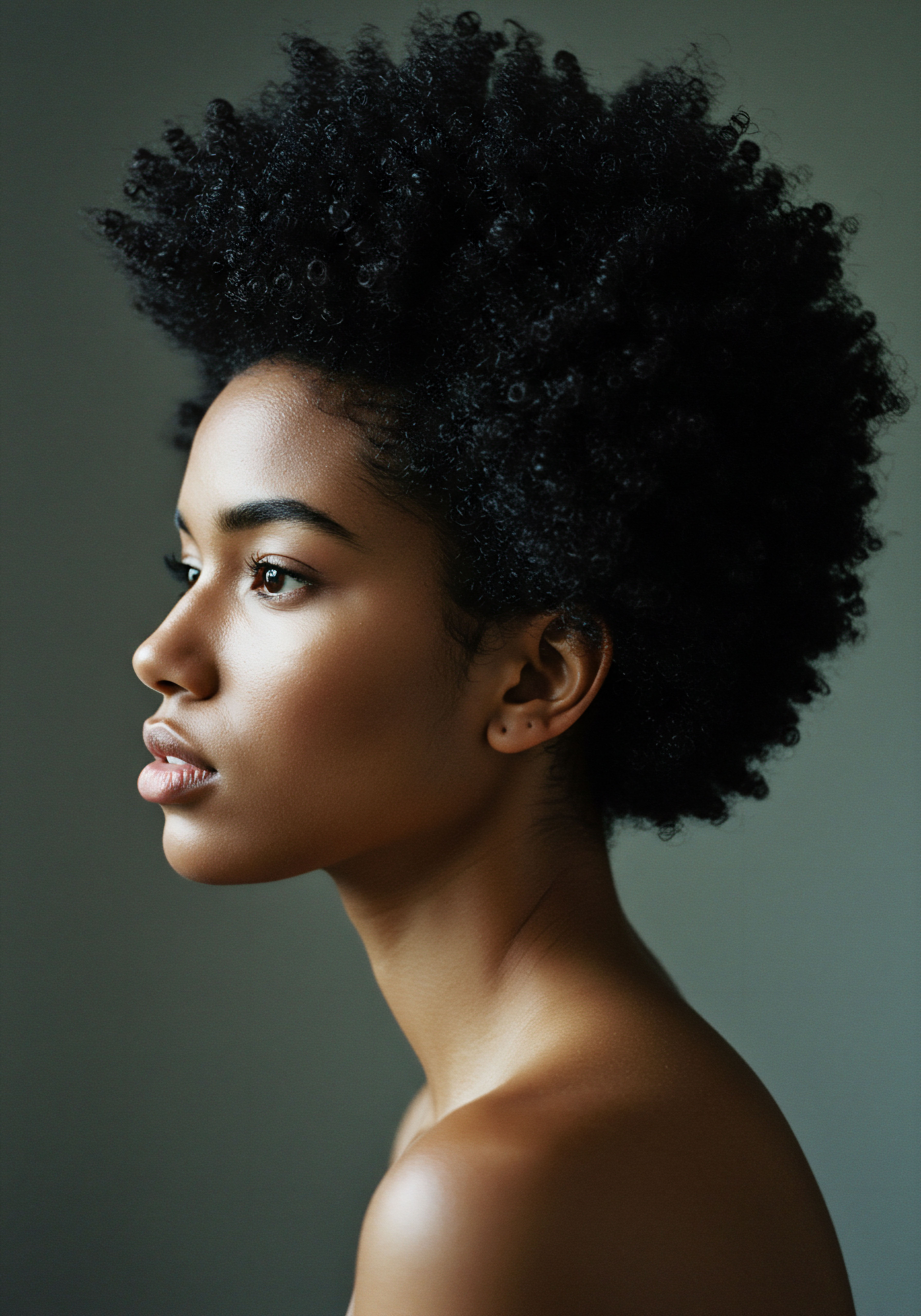
Ritual
Moving from the foundational knowledge of hair’s intrinsic nature and the ancient dyes that colored it, we turn our attention to the deliberate practices that once surrounded these botanical applications. This section acknowledges a contemporary desire for practical wisdom, a longing for actionable insights that transcend mere surface-level understanding. How did our ancestors integrate these plant-based colorants into their hair care, and what lessons can we glean for today’s textured hair routines?
The answers reside not only in the ingredients themselves but in the mindful, often communal, approaches to their preparation and use. It is a step into the realm of applied knowledge, where the art of traditional beauty meets the science of modern hair health.
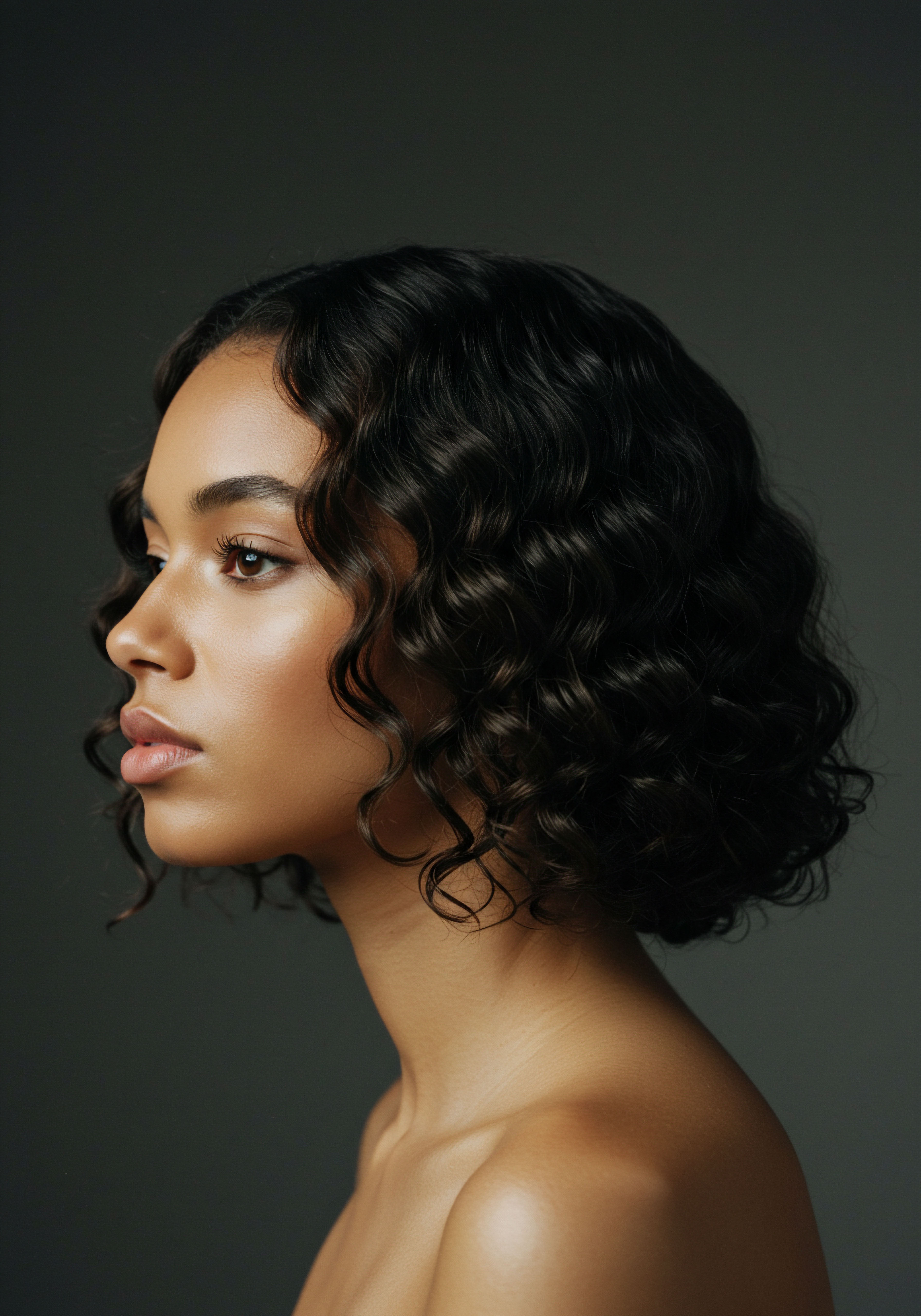
What Can Modern Textured Hair Care Learn from Ancient Dye Application?
The historical application of natural dyes was often a slow, considered process, quite distinct from the rapid chemical transformations of contemporary synthetic coloring. This slower pace allowed for deeper interaction between the plant compounds and the hair, potentially conferring additional benefits beyond mere color deposition. Ancient practices, particularly those found in African and Indian cultures, viewed hair care as a holistic activity, connected to overall well-being and cultural identity.
For instance, in Ayurvedic traditions, ingredients like amla, shikakai, and neem were not just for cleansing or coloring; they were believed to nourish the scalp and promote overall hair health. This integrated approach, where coloring agents simultaneously offered conditioning and therapeutic benefits, stands in contrast to many modern synthetic dyes that often strip hair of its natural oils and can lead to damage.
Consider the case of henna and indigo. The traditional two-step process for achieving dark shades involves applying henna first to create a reddish-orange base, followed by indigo for the deeper blue-black tone. This method allows each plant’s properties to interact optimally with the hair, ensuring color vibrancy while minimizing potential stress. This patient, layered approach suggests a different philosophy of hair alteration, one that prioritizes the hair’s integrity alongside aesthetic desires.
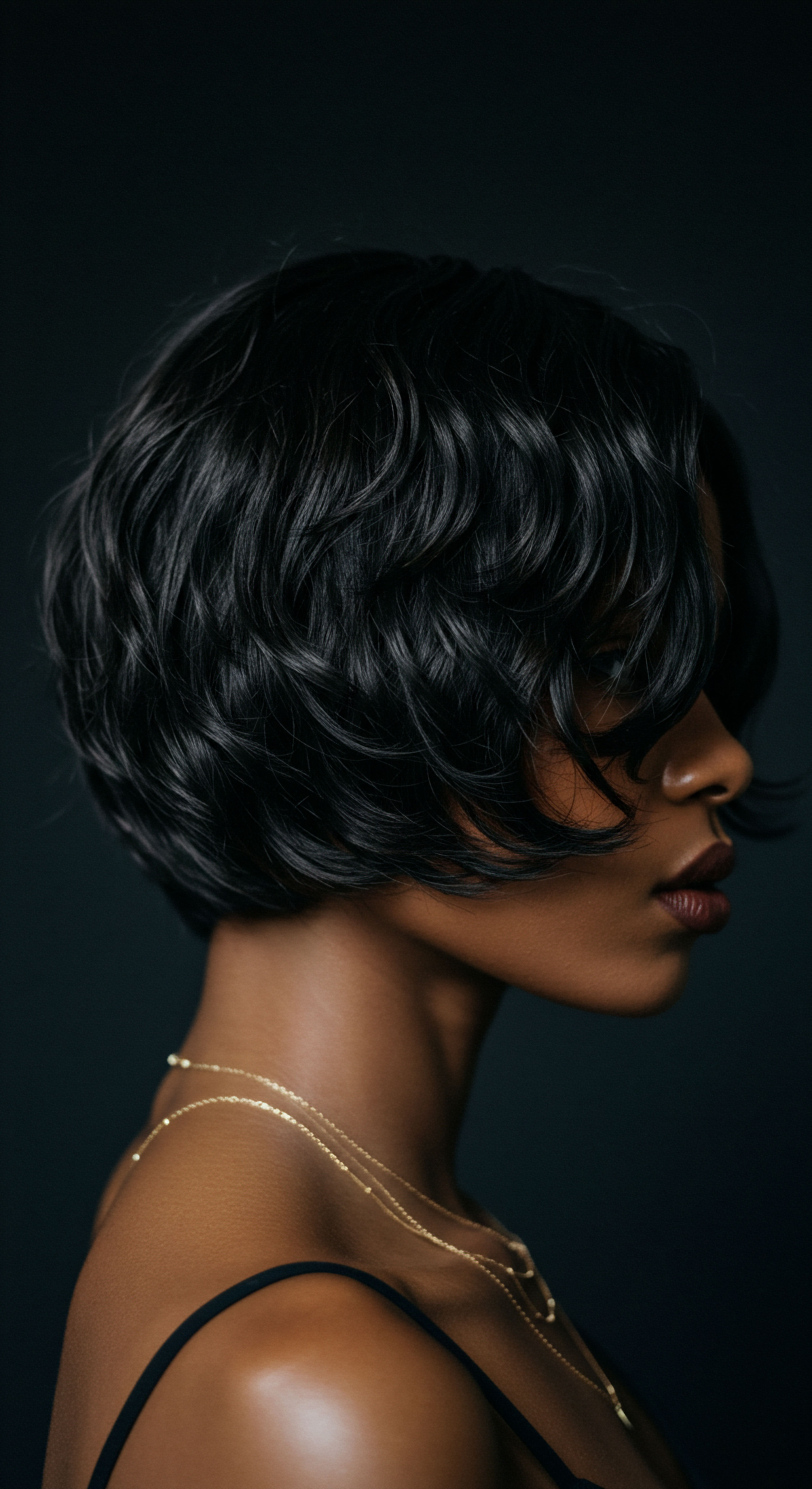
Preparing and Applying Plant Pigments for Textured Hair
The preparation of natural dyes for hair was, and remains, a precise ritual. Plant parts, whether leaves, roots, or bark, are dried and ground into fine powders. These powders are then mixed with liquids, often water or acidic mediums, to create a paste.
For henna, an acidic liquid like amla juice is often used to facilitate dye release. The consistency of this paste is crucial for even application, especially on the unique coily and curly patterns of textured hair.
The application itself requires careful attention to ensure full coverage, particularly for hair with many bends and turns. Unlike the quick spread of chemical dyes, natural pastes often require more time and a methodical approach to work through dense textures. After application, the paste is typically left on for several hours, allowing the natural pigments to bind effectively with the hair keratin. This extended contact time also permits the other beneficial compounds within the plant material to condition the hair and scalp.
The process concludes with thorough rinsing, often without immediate shampooing, to allow the color to deepen and set. This traditional post-application care further protects the hair, allowing the natural color to stabilize without harsh stripping agents.
Traditional dyeing, with its slow, multi-step process, prioritizes the health of textured hair by allowing botanical compounds to nourish and color without aggressive chemical intervention.
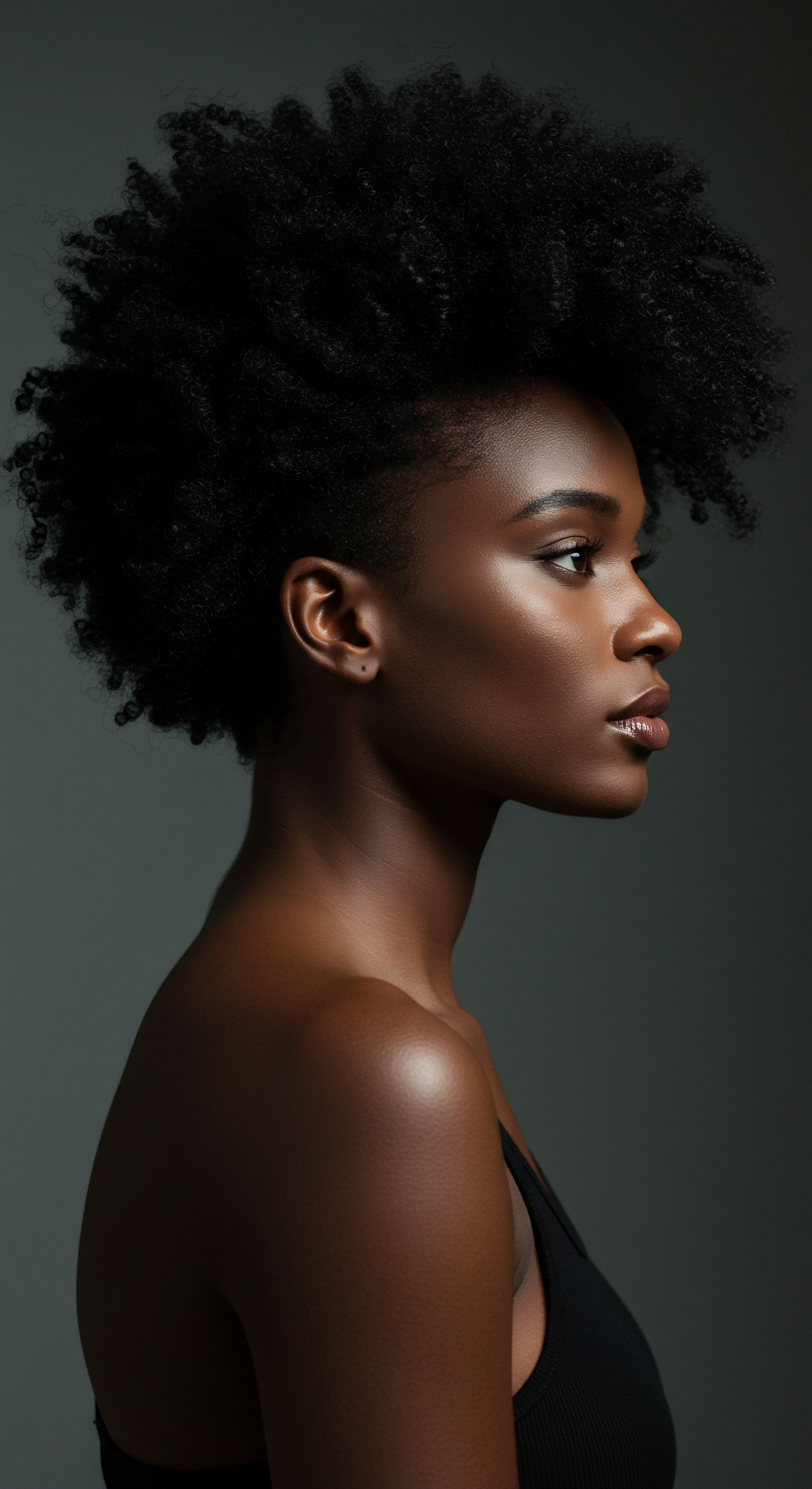
How Can We Address Consistency and Color Predictability?
One common contemporary concern with natural dyes is their perceived lack of consistency and color predictability compared to synthetic options. Synthetic dyes offer a vast, precise spectrum of shades, largely due to standardized chemical formulations. Natural dyes, by their very nature, are influenced by factors such as plant origin, harvest time, processing methods, and the natural variation in plant compound concentrations. This variability means that achieving an exact, repeatable shade can be more challenging.
However, historical users of these dyes often worked within these natural parameters, appreciating the unique, organic outcomes. Rather than striving for absolute uniformity, there was an acceptance of the nuanced color variations that plants offered. Modern advancements in understanding natural dye chemistry, as documented in works like “The Art and Science of Natural Dyes” by Boutrup and Ellis, provide deeper insights into the principles behind natural dyeing, offering guidance on mordants, pH effects, and dye functions to help dyers achieve more predictable results. For example, logwood’s color can shift from redder purples to bluer navies based on the acidity or alkalinity of the solution.
For textured hair, which can have varying porosity even on a single head, this nuance becomes even more pronounced. Hair with higher porosity may absorb color more intensely, while lower porosity hair might require longer application times or specific preparation techniques to open the cuticle. Modern care can integrate this understanding by performing strand tests and adjusting application times or mixing ratios to account for individual hair characteristics, thereby embracing the organic variability of natural pigments rather than fighting against it.

Relay
Having considered the foundational properties of textured hair and the rituals surrounding ancient dyes, we now shift to a deeper, more interconnected examination. This section invites a profound inquiry ❉ how do the chemical intricacies of historical plant dyes, viewed through a contemporary scientific lens, intersect with the distinct biological and cultural realities of textured hair? This is where the wisdom of the past truly meets the precision of the present, where we analyze the complex interplay of biological factors, environmental impacts, and societal narratives that shape our approach to hair care. We move beyond simple application to a more theoretical, yet grounded, understanding, drawing upon research and data to inform a sophisticated perspective on textured hair wellness.

What Are the Bioreactive Components in Natural Dyes?
The efficacy of natural dyes extends beyond their mere coloring capabilities; many contain a rich array of bioactive compounds that interact with the hair and scalp on a molecular level. These plant-derived pigments are primarily composed of secondary metabolites, such as anthraquinones, flavonoids, tannins, carotenoids, and indigoids, which are responsible for their vibrant colors. These compounds do not merely sit on the surface; they possess functional groups that allow them to form bonds with the hair’s keratin structure.
For instance, the active coloring agent in henna, lawsone (2-hydroxy-1,4-naphthoquinone), forms a covalent bond with the keratin protein in hair, resulting in a durable stain. This chemical interaction, unlike the oxidative processes of many synthetic dyes that break down natural melanin, suggests a gentler coloring mechanism. Furthermore, many natural colorants exhibit additional health-promoting properties, including antioxidant, anti-inflammatory, and antimicrobial activities. This multi-functional aspect means that a natural dye application could simultaneously color, condition, and protect the scalp microbiome.
A study reviewing recent advancements in natural plant colorants for hair dye applications highlights these benefits, noting that such dyes are generally regarded as low-irritating, less allergenic, and eco-friendly, with additional health benefits. This contrasts sharply with the potential for scalp irritation, allergic reactions, and structural damage often associated with synthetic dyes containing harsh chemicals like ammonia and PPD.

Can Natural Dyes Address Textured Hair’s Unique Porosity and Fragility?
Textured hair, particularly Afro-textured hair, often exhibits higher porosity and a greater susceptibility to damage and breakage due to its unique structural characteristics and the demands of styling. The open cuticles of high porosity hair, while quick to absorb moisture, also lose it rapidly, leading to dryness and frizz. Low porosity hair, on the other hand, struggles with moisture penetration due to tightly sealed cuticles.
Natural dyes, with their conditioning properties, present a compelling alternative. Henna, for example, is known to coat the hair shaft, adding a protective layer that can improve the hair’s sheen and density. This coating effect can help to smooth the cuticle, potentially aiding in moisture retention for high porosity strands, without the harsh chemical alterations that further compromise hair integrity.
Amla, when used with henna, not only helps to create cooler tones but also prevents the relaxing of curls and waves that can sometimes be caused by henna, and can even help to restore and reshape curl patterns. This suggests a compatibility with the natural curl structure that synthetic dyes often disrupt.
A noteworthy aspect lies in the ability of certain natural ingredients to influence the hair’s physical properties. While specific quantitative data on natural dyes directly impacting textured hair porosity is still an area for expanded research, the qualitative observations from historical and contemporary users point to improvements in manageability and softness. For instance, the mucilage content in plants like Althaea (marshmallow root), often used in natural hair preparations, expands when wet, forming a viscous solution that protects against dehydration and lends moisture to the hair, simultaneously helping to fix color when added to dye mixes. This suggests that the natural components in these dyes contribute to the hair’s overall health and moisture balance, rather than merely depositing color.
| Characteristic Mechanism of Action |
| Natural Dyes Direct deposition, covalent/ionic/hydrogen bonding, coating |
| Synthetic Dyes Oxidative processes, cuticle lifting, melanin alteration |
| Characteristic Impact on Cuticle |
| Natural Dyes Generally smooths/coats, can help seal |
| Synthetic Dyes Lifts, can cause damage and porosity |
| Characteristic Moisture Retention |
| Natural Dyes Can enhance due to coating/conditioning properties |
| Synthetic Dyes Can strip natural oils, leading to dryness |
| Characteristic Scalp Irritation Risk |
| Natural Dyes Lower, often possess anti-inflammatory properties |
| Synthetic Dyes Higher, due to harsh chemicals (ammonia, PPD) |
| Characteristic Additional Benefits |
| Natural Dyes Antioxidant, antimicrobial, conditioning |
| Synthetic Dyes Primarily color change; can require post-treatment to mitigate damage |
| Characteristic Natural dyes generally offer a gentler approach to hair coloring, often providing co-benefits for hair health and scalp wellness. |

Considering the Cultural and Environmental Footprint
The historical use of natural dyes is inextricably linked to cultural identity and a sustainable relationship with the environment. In many African societies, hair styles and adornments, including those colored with natural pigments, conveyed messages about marital status, age, religion, and social standing. This deep cultural resonance means that adopting natural dyes today can be more than a beauty choice; it can be an affirmation of heritage and a connection to ancestral practices.
From an environmental standpoint, natural dyes present a stark contrast to the significant ecological footprint of synthetic hair colorants. Traditional dyes are biodegradable, non-toxic, and hypoallergenic, reducing waste and harmful chemical runoff. Synthetic dyes, often derived from petroleum-based sources, contribute to environmental pollution throughout their lifecycle, from production to disposal. The shift towards eco-friendly and plant-based hair dyes is a growing trend, reflecting increased consumer awareness of both personal health and planetary well-being.
A compelling statistic from the Indian market highlights this shift ❉ from 2022 to 2028, the market for natural hair dye in India is projected to expand at a Compound Annual Growth Rate (CAGR) of 15.2%. This significant growth underscores a global movement towards healthier, more sustainable beauty choices, driven by a growing understanding of the adverse effects of synthetic chemicals. This is not merely a niche interest; it represents a tangible market response to the demand for cleaner, greener alternatives, proving that a return to nature’s palette is not only viable but increasingly preferred.
The surging growth of natural hair dye markets reflects a global consumer preference for sustainable, health-conscious beauty alternatives.

Are There Downsides to Natural Dyes for Textured Hair?
While the benefits are compelling, a balanced perspective requires acknowledging the limitations of natural dyes, particularly when applied to textured hair.
- Limited Color Range ❉ Natural Dyes offer a beautiful, earthy spectrum, but they cannot replicate the vibrant, often unnatural, hues achievable with synthetic chemistry. For those seeking bright blues, greens, or platinum blondes, natural dyes may not deliver the desired intensity or shade.
- Application Time and Messiness ❉ Natural Dye preparations often involve mixing powders into pastes, which can be messy. The application process typically takes longer, and the paste needs to remain on the hair for several hours for optimal color uptake. This requires a time commitment that some modern lifestyles may find challenging.
- Color Fastness and Durability ❉ While some natural dyes, like henna, offer remarkable durability, others may fade more quickly than permanent synthetic dyes, particularly with frequent washing or exposure to sunlight. This can necessitate more frequent applications to maintain color vibrancy.
- Lack of Lightening Ability ❉ Natural Dyes cannot lighten hair. To achieve lighter shades, synthetic bleaching agents are required, which chemically alter the hair’s melanin. For individuals with dark textured hair wishing for lighter colors, natural dyes will only add a tint or tone, not lift the existing color.
- Interaction with Previous Chemical Treatments ❉ Natural Dyes can sometimes react unpredictably with hair that has been previously chemically treated (e.g. relaxed, bleached, or colored with synthetic dyes). For example, applying indigo to hair previously treated with certain chemical dyes can result in unwanted greenish tones. This calls for careful consideration and strand testing.
These considerations do not negate the value of natural dyes, but rather frame their appropriate use. For textured hair, where chemical damage can be particularly detrimental due to its inherent fragility, the trade-offs often lean towards the gentler, nourishing properties of natural alternatives, even if it means a different approach to color expectations and maintenance.

Reflection
The echoes of ancient practices, once dismissed as relics of a bygone era, now reverberate with renewed relevance for our modern textured hair care. By turning our gaze to the historical use of natural dyes, we uncover not just alternative colorants, but a holistic philosophy of hair wellness deeply rooted in nature and cultural understanding. The wisdom held within these traditions invites us to question the pervasive chemical dependency of contemporary beauty standards and to seek a more harmonious relationship with our hair. It is a quiet call to honor the inherent strength and beauty of textured strands, offering a path towards vibrant color and profound health, all while acknowledging the earth’s generous bounty.
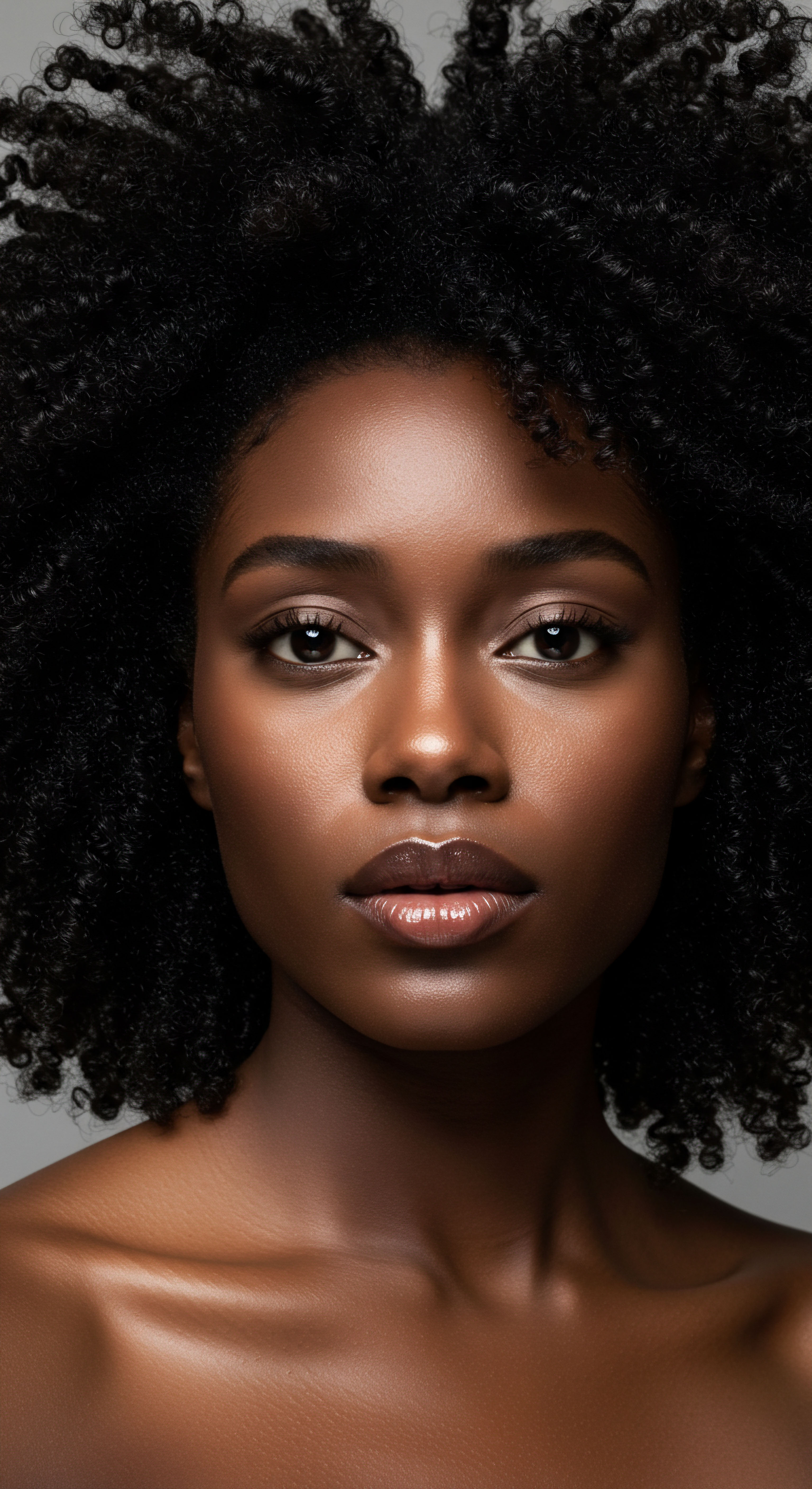
References
- Oladele, D. Markiewicz, E. & Idowu, O. C. (2024). The Genomic Variation in Textured Hair ❉ Implications in Developing a Holistic Hair Care Routine. MDPI .
- Boutrup, J. & Ellis, C. (2018). The Art and Science of Natural Dyes ❉ Principles, Experiments, and Results. Schiffer Publishing.
- Adeel, S. et al. (2018). Sustainable Application of Natural Dyes in Cosmetic Industry. ResearchGate.
- Boutrup, J. & Ellis, C. (2009). The Art and Science of Natural Dyes ❉ Principles, Experiments, and Results. Botanical Colors.
- Duarte, J. & de Freitas, A. (2020). An Overview on Hair Porosity. NYSCC .
- Mihaylova, A. et al. (2021). Possible interactions between hair fibers and lawsone. ResearchGate .
- Chaudhary, P. & Singh, R. (2022). Recent Advancements in Natural Plant Colorants Used for Hair Dye Applications ❉ A Review. ResearchGate .
- Nanda, R. (2023). The Legacy of Lathers ❉ Tracing the Historical Use of Natural Ingredients .
- Sharma, P. & Sharma, M. (2024). Exploring Ancient Hair Care Rituals ❉ Timeless Practices for Modern Hair Wellness. Rthvi.
- Sathya, M. (2024). Ancient Herbal Wisdom for Hair Care Rituals of Today. Corvus Beauty.
- Chadha, S. (2024). African Henna ❉ History, Cosmetic Uses, and Modern Applications. NATURAL POLAND.
- Singh, P. (2023). Empower Your Hair ❉ Mastering Texture and Porosity. Cameo College of Essential Beauty.
- Patel, R. (2024). The Ancient Natural Ways of Hair Care Across Continents. 22 Ayur.
- Clinikally. (2024). The Future of Hair Colors ❉ Eco-Friendly and Skin-Safe Trends. Clinikally.
- This Green. (n.d.). Bio Color for Hair ❉ Natural and Eco-friendly Hair Dye. This Green.
- Anderson, R. (2024). Understanding Hair Porosity and It’s Impact on Hair Care. Becky B Hair.
- Orlando Pita Play. (2023). Haircare Rituals Around the World ❉ Exploring Global Traditions. Orlando Pita Play.
- Morrocco Method. (n.d.). Benefits of Amla for Hair. Morrocco Method.
- Umberto Giannini US. (2020). Why you should use vegan hair dye. Umberto Giannini US.
- Aurora Silk. (n.d.). LOGWOOD SHAVINGS Natural Dye. Aurora Silk.
- Naturally Drenched. (2024). Understanding the Science Behind Low Porosity Curly Hair. Naturally Drenched.
- Couleurs de Plantes. (n.d.). Logwood. Couleurs de Plantes Dyes and plant pigments supplier.
- Erboristeria Como. (2021). Logwood ❉ a natural dye also for hair. Erboristeria Como.
- Ohria Ayurveda. (2025). Henna Powder and Indigo the 100% Natural Color/Dye For Hair ❉ The Benefits, Risks, and How-To Use. Ohria Ayurveda.
- Morrocco Method. (n.d.). All About Indigo – Achieving Brown & Black Colors. Morrocco Method.
- Yildirim, D. et al. (2025). Natural Dyes ❉ Chemistry, Applications, and Sustainability .
- Boutrup, J. & Ellis, C. (2015). The Chemistry of Permanent Hair Dyes. Compound Interest.
- Advik Ayurveda. (2024). Using Indigo Powder For Hair ❉ 4 Top Reasons That Make It Amazing. Advik Ayurveda.
- Satthwa. (2024). Using indigo powder for black hair. Satthwa.
- Mihaylova, A. et al. (2021). The chemical structure of the pigment in logwood and wood Brazil. ResearchGate .
- Conlemany. (n.d.). Althaea – Plant-Based Hair Hydration for Frizzy, Curly, Dry and Brittle Hair. Conlemany.
- Cultivator Natural Products. (2024). Top 5 Benefits of Switching to Organic Hair Color. Cultivator Natural Products.
- Richardson, E. (2022). Does Hair Dye Damage Afro Hair?. Fulham Scalp And Hair Clinic.
- Holland & Barrett. (2023). All About Natural Hair Dye with It’s Pure. Holland & Barrett.
- African American Museum of Iowa. (n.d.). History of Hair – African American Museum of Iowa .
- Tiwani Heritage. (2020). NATURAL HAIR ❉ FULL-CIRCLE EVOLUTION THROUGH THE AGES. Tiwani Heritage.
- Beautycon.com. (2023). Why You Should Consider Not Coloring Your Natural Hair. Beautycon.com.